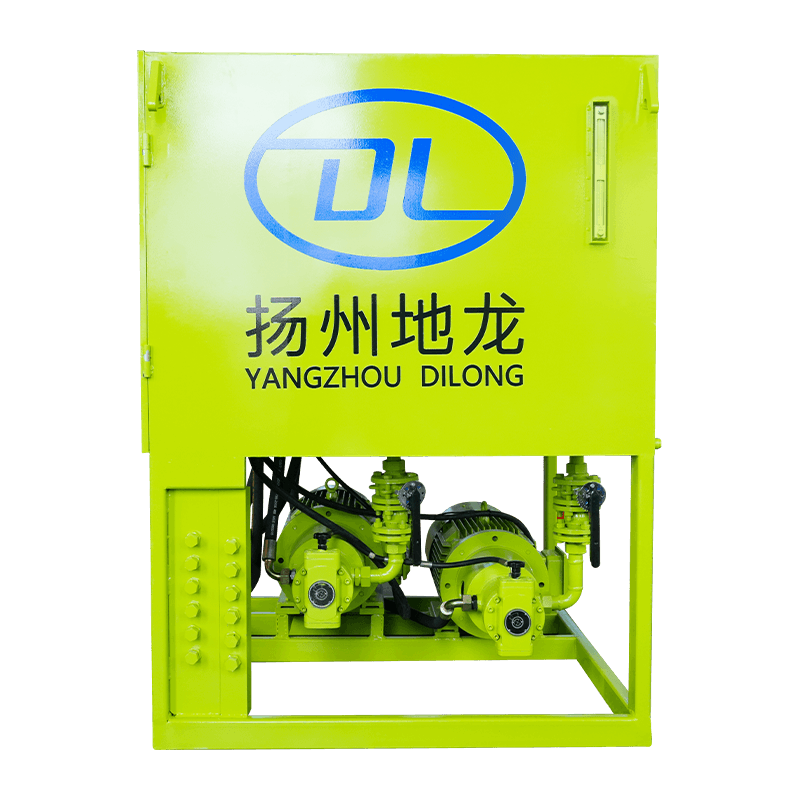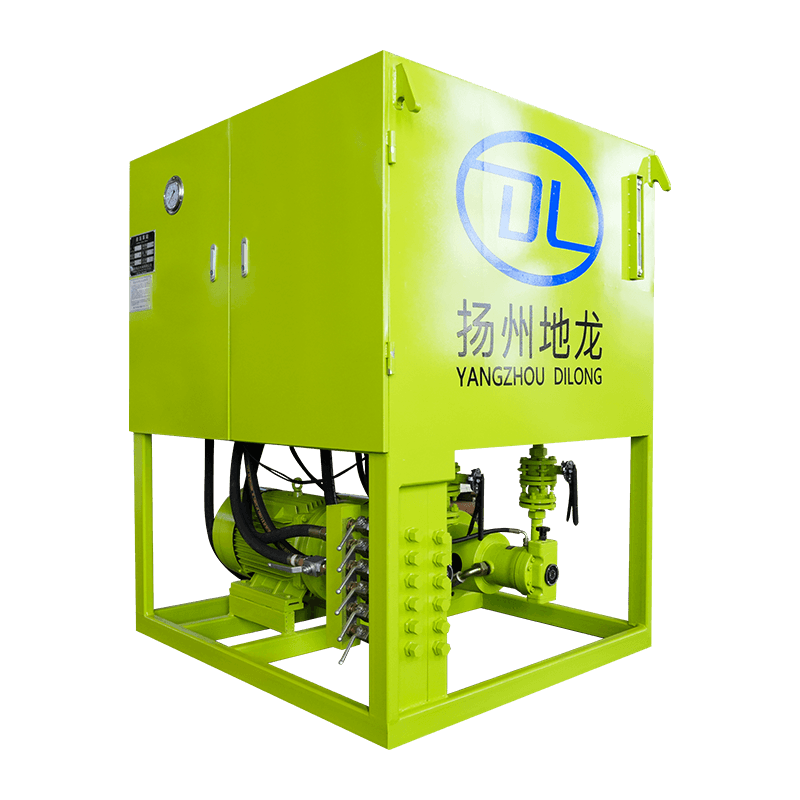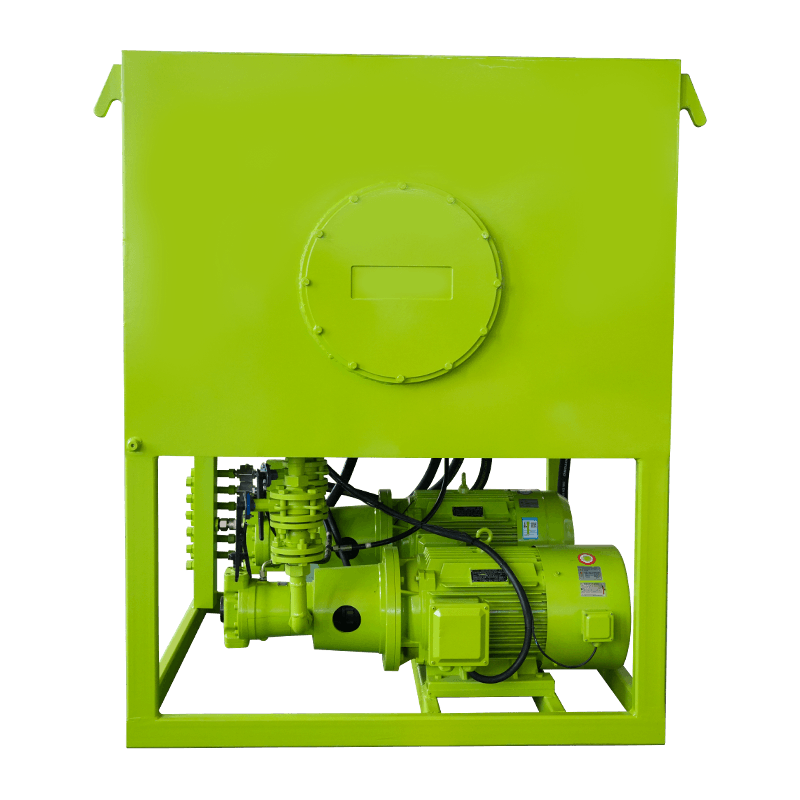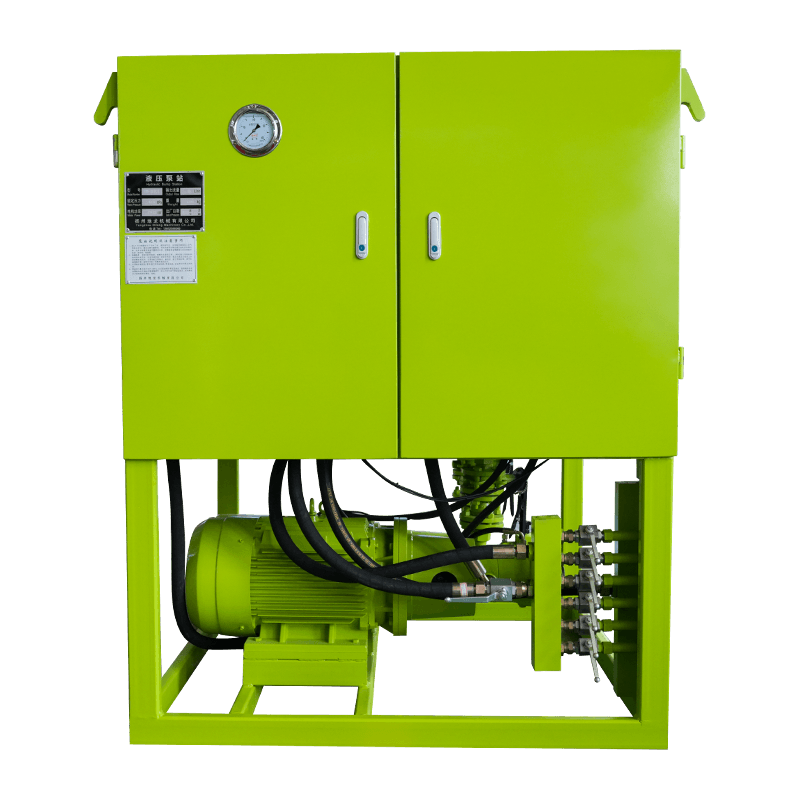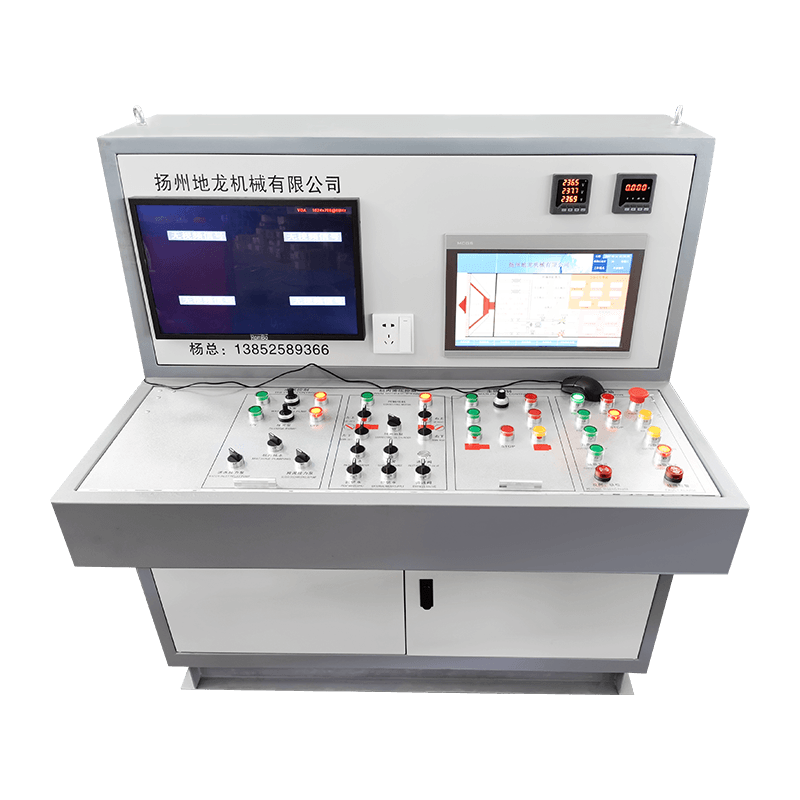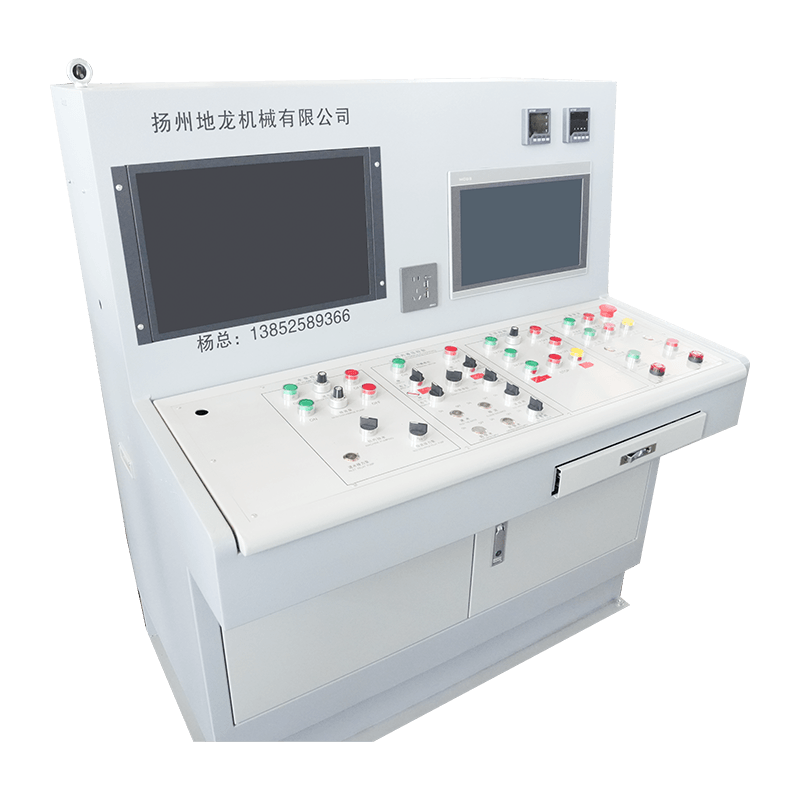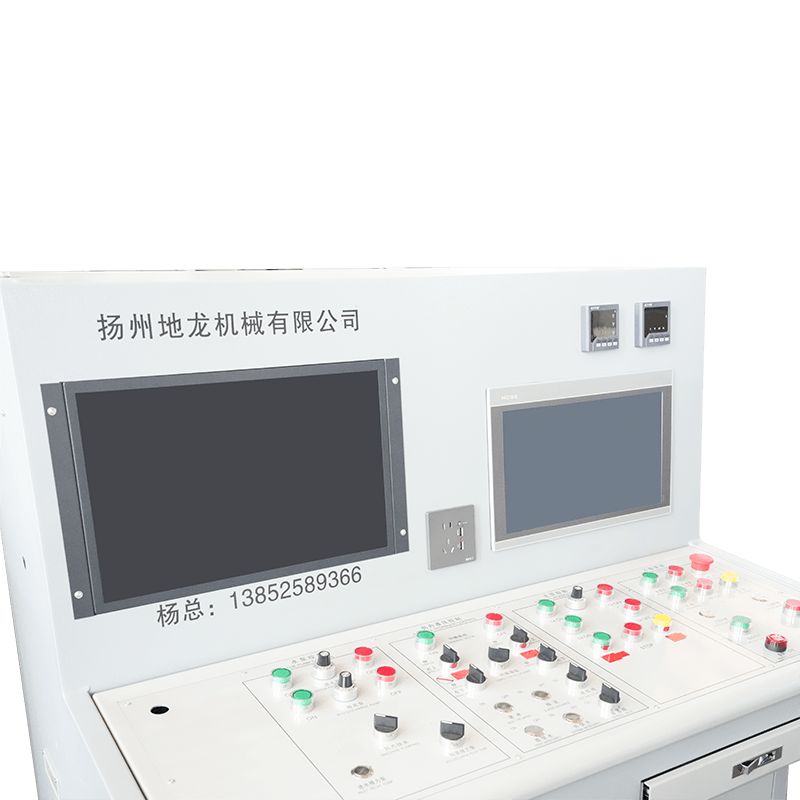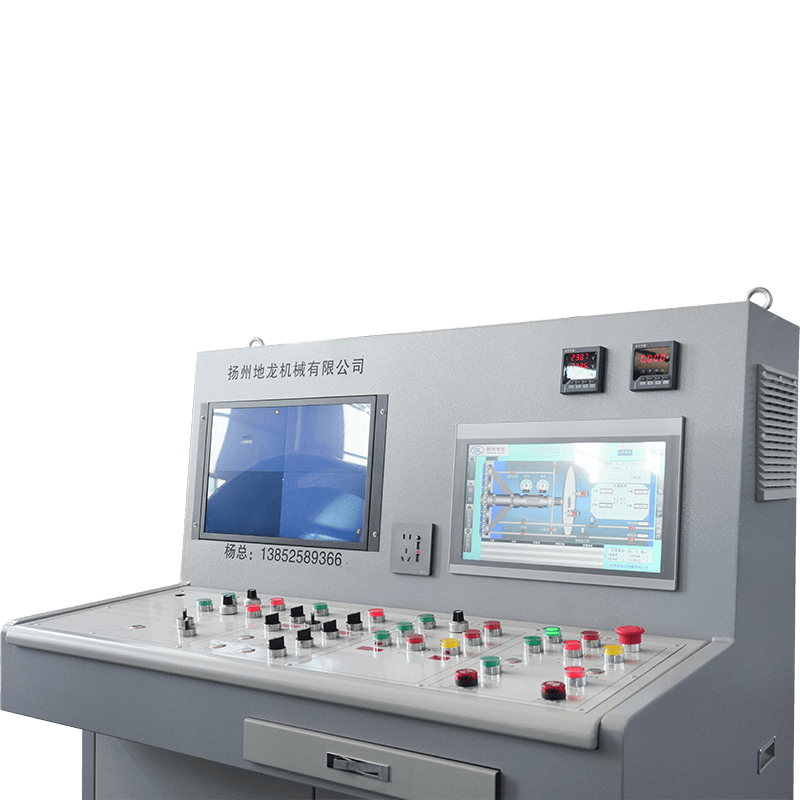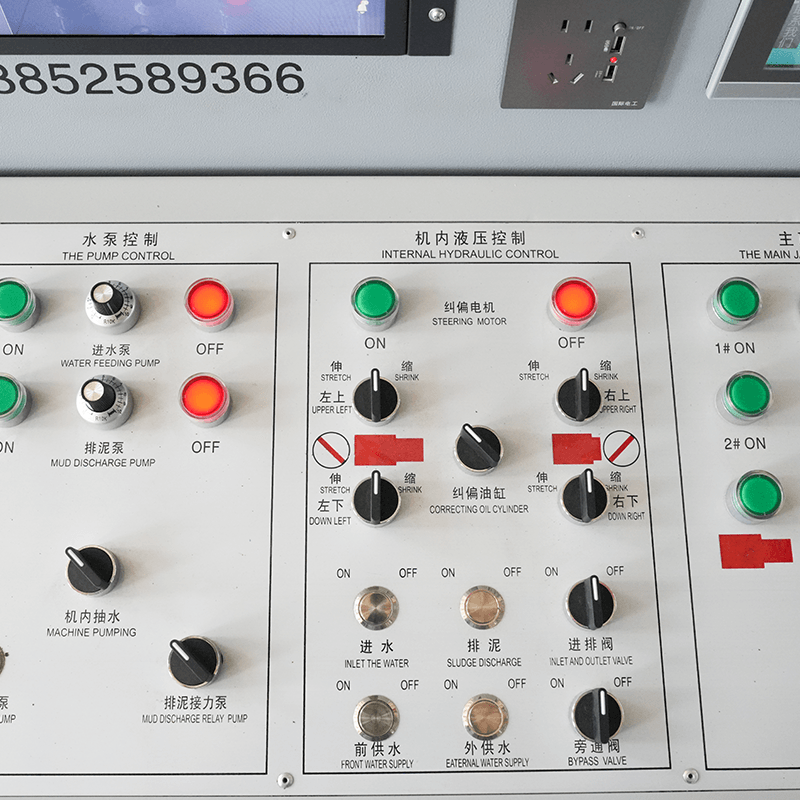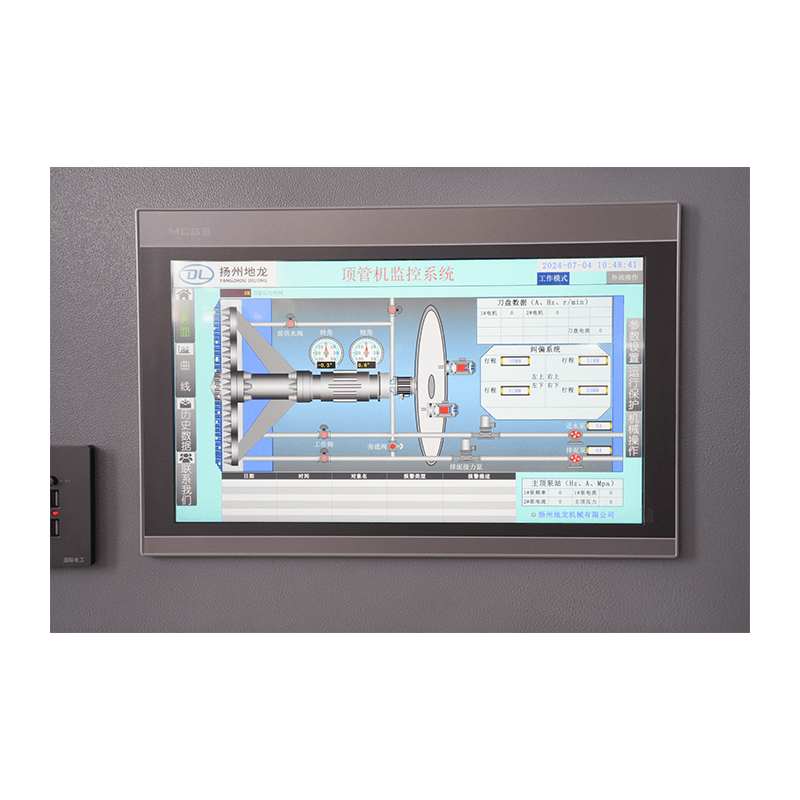From the intricate plumbing in our homes to the vast networks that transport oil and gas across continents, pipes are a fundamental component of modern infrastructure. But these vital conduits don’t just appear out of thin air. They are the product of specialized, powerful, and precise engineering, brought to life by a diverse category of equipment known as the pipe machine. This term encompasses a wide range of machinery, each playing a critical role in the lifecycle of a pipe—from its raw material stage to its final installation.
The Art of Creation: Manufacturing and Fabrication
The journey of a pipe often begins with machines designed to shape raw materials. Pipe rolling machines, for instance, are essential for forming large-diameter pipes. They take flat sheets of steel or other metals and, through a series of powerful rollers, bend them into a cylindrical shape. This process requires immense force and precision to ensure a uniform diameter and consistent wall thickness. Following this, longitudinal seam welders take over, joining the two edges of the rolled sheet to create a complete, sealed pipe.
For creating seamless pipes, a different set of pipe machines is used. These devices heat a solid block of metal and then pierce and stretch it over a mandrel, creating a pipe without any welded seams. This method is particularly valued for high-pressure applications, like those in the oil and gas industry, where the integrity of a weld could be a point of failure.
Transforming and Tailoring: The Processing Stage
Once a pipe is formed, it often needs to be processed further to meet specific requirements. This is where the versatility of the pipe machine truly shines.
- Pipe Bending Machines: A straight pipe is often useless in complex installations. Pipe bending machines use hydraulic or electric power to accurately bend pipes to precise angles without causing kinks or compromising the material’s structural integrity. These machines are a staple in industries from shipbuilding to HVAC (Heating, Ventilation, and Air Conditioning) and automotive manufacturing.
- Pipe Cutting Machines: Precise cuts are paramount for a good fit. Pipe cutting machines range from simple manual tools to sophisticated automated systems that use lasers or high-speed abrasive wheels to make clean, fast cuts. The choice of machine depends on the pipe’s material (steel, copper, PVC) and its diameter.
- Pipe Threading Machines: For pipes that need to be screwed together, pipe threading machines are indispensable. They cut helical grooves, or threads, onto the ends of pipes, ensuring a tight and secure connection. This is a common requirement in plumbing and fire protection systems.
Installation and Integration: Bringing It All Together
The final phase of a pipe’s life cycle involves installation, and here too, specialized pipe machines play a critical role. Pipe welding machines, for example, are used on-site to join sections of pipe together. Modern orbital welders can automatically rotate around the pipe, creating a flawless, uniform weld that is crucial for pipelines transporting flammable or corrosive materials.
Furthermore, in trenchless technology, where pipes are installed underground without digging up the surface, specialized pipe machines like horizontal directional drills and pipe bursters are used. These powerful devices can bore a path or push a new pipe through the ground, minimizing disruption to the environment and existing infrastructure.
The Future of the Pipe Machine
The evolution of the pipe machine is ongoing. The integration of CNC (Computer Numerical Control) technology has brought unprecedented levels of automation and accuracy, reducing human error and increasing production speed. Robotics and advanced sensors are also being incorporated to handle complex tasks and monitor the quality of work in real-time.
In essence, the pipe machine is not a single tool but a vast and interconnected family of equipment that forms the backbone of countless industries. From the manufacturing plant to the final installation site, these machines are a testament to the power of engineering, enabling the creation of the hidden networks that keep our world running smoothly.

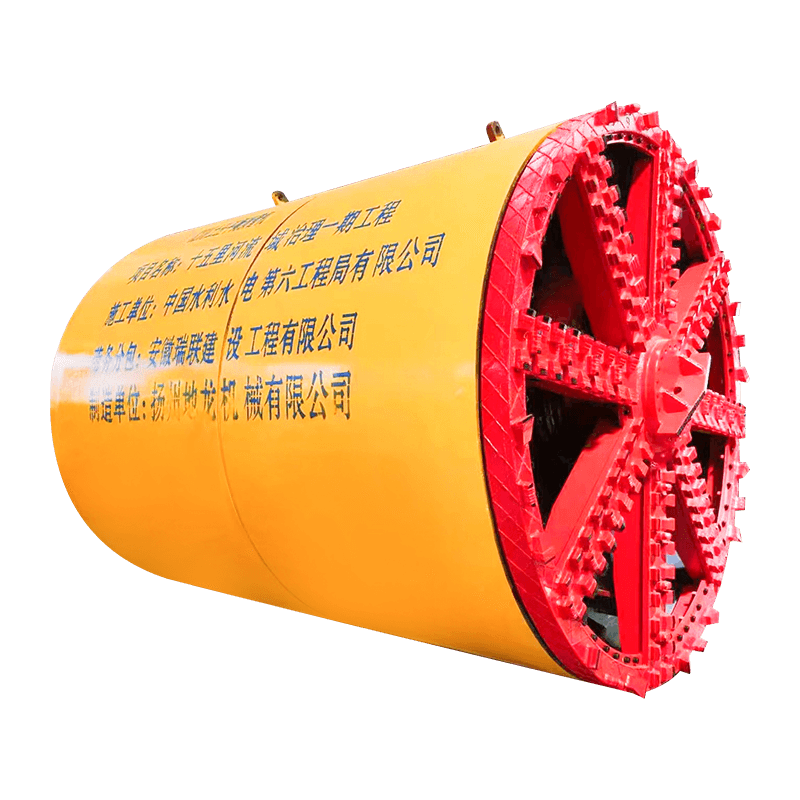
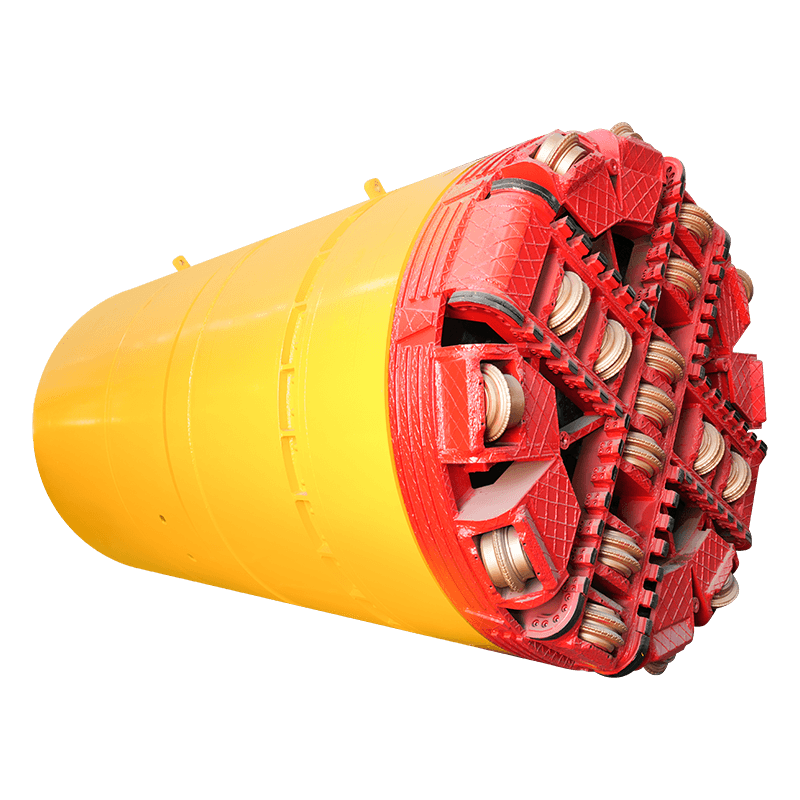

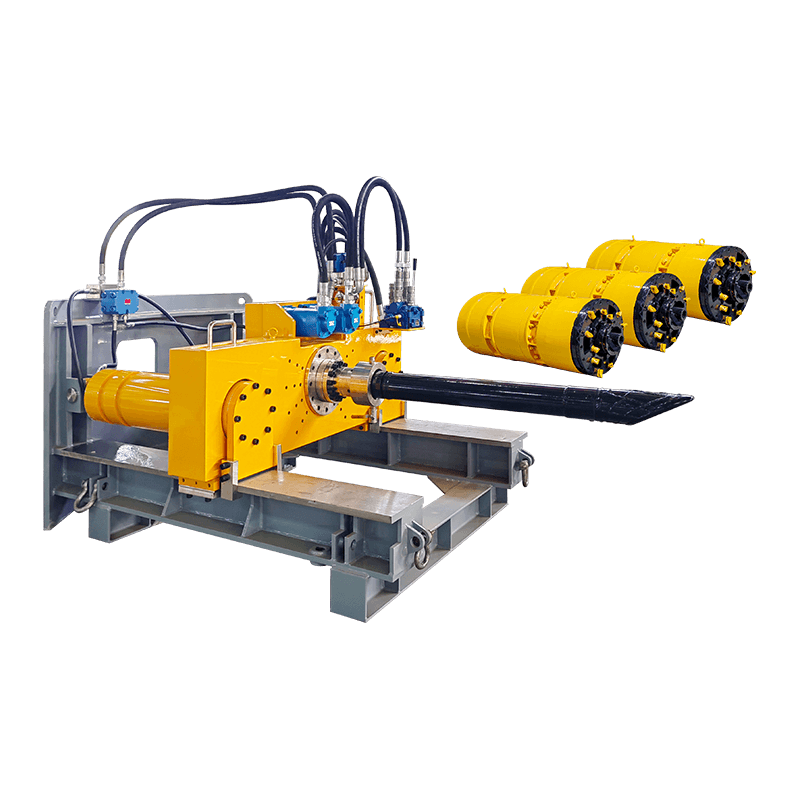
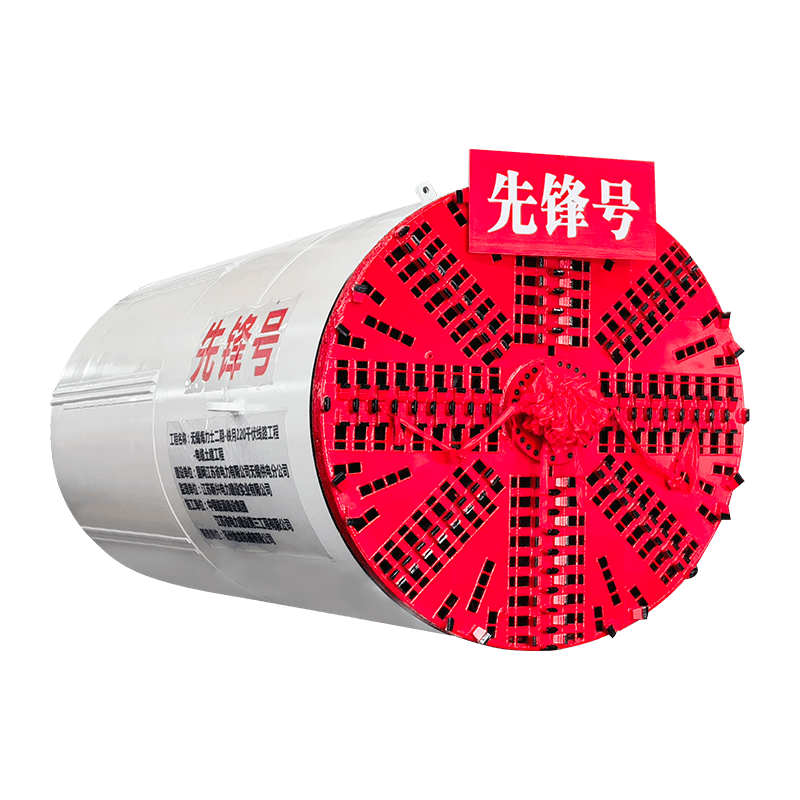
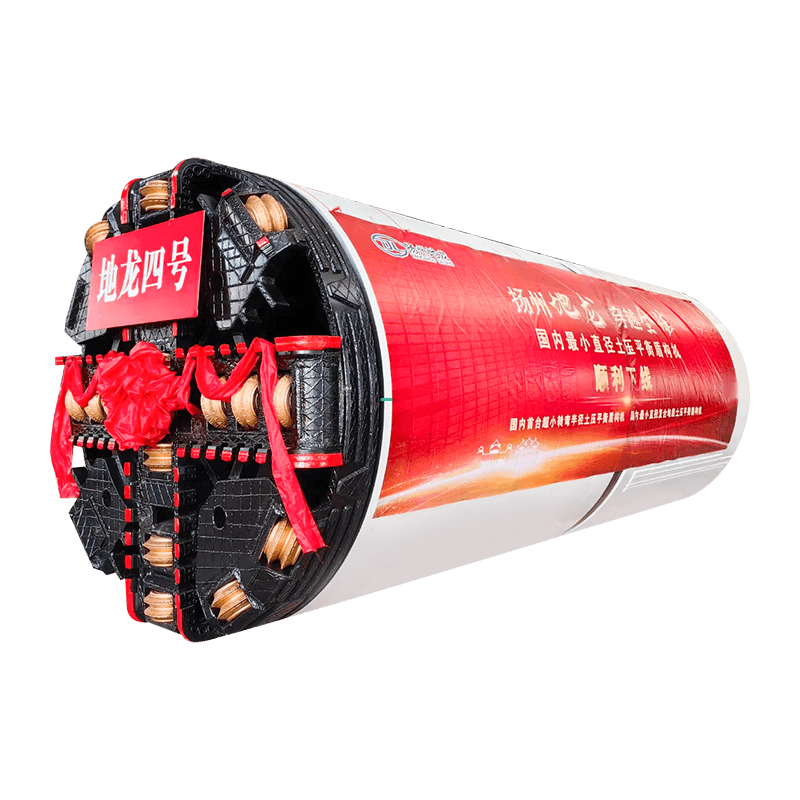

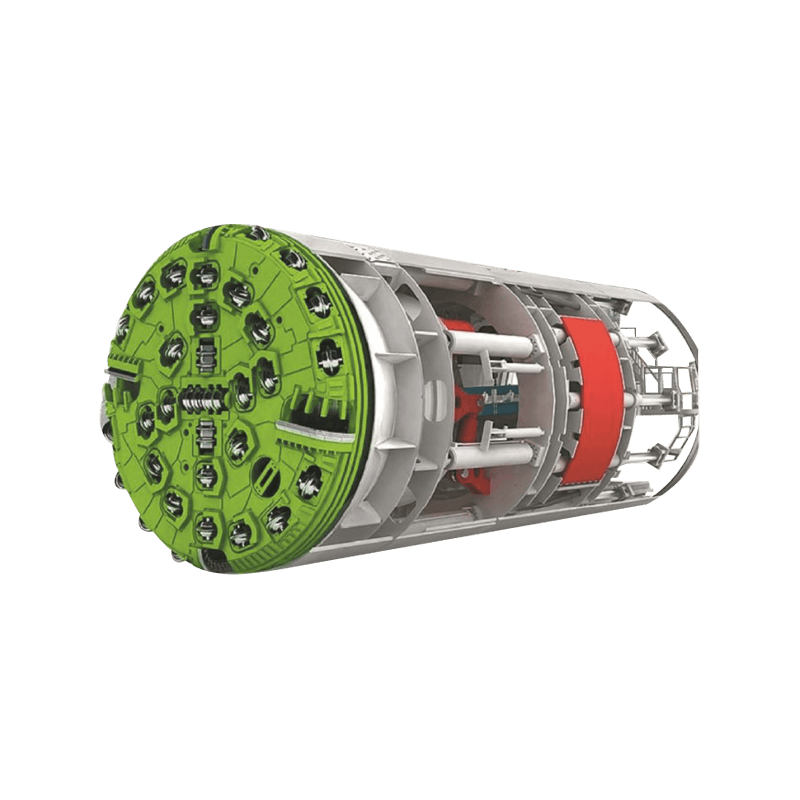
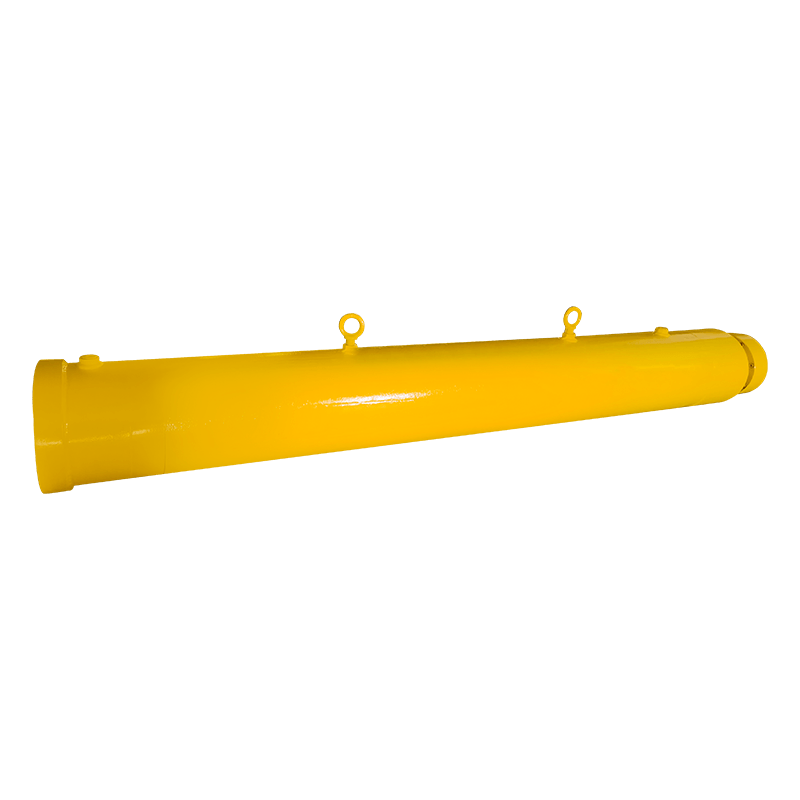



 English
English  русский
русский  عربى
عربى 
